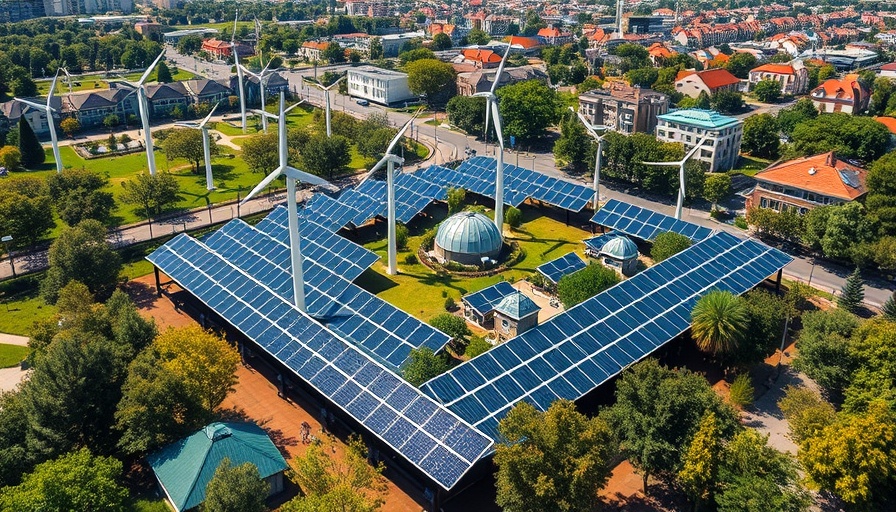
Hexagon's Strategic Split: A Bold New Direction
Hexagon's recent decision to split into two distinct companies demonstrates its commitment to enhancing operational efficiency and specialization in the commercial construction sphere. This strategic move is set to allow Hexagon to zero in on distinct markets, thereby refining its offerings and better serving its clients. By separating operations focused on equipment and technology from those involving software and services, both entities can now innovate and grow tailored to their specific fields.
Aiming for Greater Efficiency in Construction
With the industry constantly evolving, construction companies not only seek efficient project management solutions but also aim to optimize costs and improve quality outcomes. The dismantling of Hexagon into two specialized branches is a testament to this need. Notably, the separation allows each entity to adopt a sharper focus on their operational domain, leading to streamlined processes and fewer distractions.
Learning from Past Trends in Corporate Splits
Corporate splits can often serve as pivotal learning moments for industries globally. Historical cases where companies opted for divestiture have shown positive effects on stock performance and market responsiveness. Taking companies like DowDuPont as an example, their separation into more focused specializations led to a remarkable increase in innovation and shareholder value, paving the way for increased operational flexibility.
What This Means for Construction Technology and Innovation
Hexagon’s split is particularly significant for technology enthusiasts in construction. As two companies, they can now better leverage advances in automation, sustainable materials, and construction tech. This dual approach fosters a competitive environment that encourages innovation and allows them to deploy cutting-edge solutions, ultimately benefitting clients who are more engaged with efficiency and quality in their projects.
The Future of Proposition in the Construction Sector
Looking ahead, the split offers fresh opportunities for both companies to redefine their market propositions. By nurturing a duality that allows each company to cultivate specialized skills and technologies, Hexagon can stay ahead in providing solutions. Investors and stakeholders can anticipate increased depth in offerings, ensuring that performance measures not only meet but exceed emerging industry standards.
Join the Construction Technology Revolution
If you are invested in improving efficiency and outcomes for your projects, monitor how Hexagon’s realignment unfolds. As construction continues to integrate more technology, being ahead of the curve can set you apart. The transformation landscape is ever-changing, and keeping an eye on such structural adjustments will reveal valuable insights for any stakeholder.
 Add Row
Add Row  Add
Add 




Write A Comment